XML Sitemap
What is an XML Sitemap?
An XML sitemap is a file that lists all the URLs on a website to help search engines crawl and index them. It provides search engines with a roadmap of the site's structure, including pages, posts, categories, and other content. XML sitemaps are essential for ensuring that search engines can discover and index all relevant pages, improving the site's visibility and search engine rankings. The XML format makes it easy for search engines to read and interpret the sitemap.
Why is an XML Sitemap Important?
An XML sitemap is important because it enhances the discoverability and indexing of a website by search engines. It helps search engines understand the site's structure and find all relevant content, including pages that might not be easily accessible through internal links. This ensures that the entire site is indexed and appears in search results. XML sitemaps also provide additional information, such as the last modified date and the priority of each URL, helping search engines prioritize and update content.
Best Practices for Creating and Managing an XML Sitemap
1. Include All Relevant URLs
Ensure that your XML sitemap includes all relevant URLs on your website, including pages, posts, categories, and media files. Exclude URLs that you do not want search engines to index, such as admin pages or duplicate content. Comprehensive coverage enhances indexing.
2. Keep It Updated
Regularly update your XML sitemap to reflect changes in your website's structure and content. This includes adding new pages, updating modified content, and removing deleted URLs. Keeping the sitemap updated ensures that search engines have the latest information.
3. Submit to Search Engines
Submit your XML sitemap to major search engines, such as Google and Bing, using their respective webmaster tools (Google Search Console and Bing Webmaster Tools). Submission helps search engines discover and crawl your sitemap more efficiently.
4. Use a Sitemap Generator
Use a sitemap generator tool or plugin to create and manage your XML sitemap. Popular tools include Yoast SEO, Google XML Sitemaps, and Screaming Frog. These tools automate the process and ensure that your sitemap is properly formatted and up-to-date.
5. Follow XML Sitemap Protocol
Follow the XML sitemap protocol, which includes using the correct XML format, specifying the location of the sitemap, and providing additional metadata such as last modified date and priority. Adhering to the protocol ensures compatibility with search engines.
6. Limit Sitemap Size
Limit the size of your XML sitemap to avoid exceeding search engine limits. A single sitemap should contain no more than 50,000 URLs and be no larger than 50 MB. If your site exceeds these limits, create multiple sitemaps and use a sitemap index file.
7. Prioritize Important URLs
Assign priority values to your URLs based on their importance and relevance. Higher priority values indicate more important pages, helping search engines prioritize crawling and indexing. Use priority values strategically to highlight key content.
8. Monitor Sitemap Performance
Monitor the performance of your XML sitemap using search engine webmaster tools. Check for errors, warnings, and indexing issues. Address any problems to ensure that your sitemap is functioning correctly and your site is fully indexed.
9. Use HTTPS URLs
Ensure that your XML sitemap includes HTTPS URLs if your site uses HTTPS. Consistent use of HTTPS URLs enhances security and ensures that search engines index the correct version of your pages. Update your sitemap if you switch from HTTP to HTTPS.
10. Provide a Sitemap Link in Robots.txt
Include a link to your XML sitemap in your site's robots.txt file. This helps search engines locate your sitemap more easily. The robots.txt file should include the line: Sitemap: [URL of your XML sitemap].
By following these best practices, you can create and manage an effective XML sitemap that enhances the discoverability, indexing, and visibility of your website in search engine results.
For more terms, return to the content marketing glossary and freelance writing glossary.

